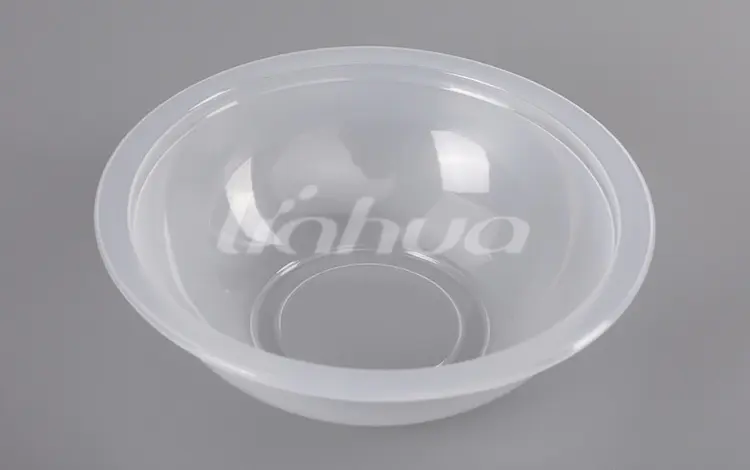How to determine the overall durability of coffee lids?
Determining the overall durability of coffee lids involves a systematic evaluation of several key factors:
Material Quality: Polypropylene offers exceptional durability due to its high resistance to fatigue and cracking, making it ideal for lids subjected to frequent use. Polystyrene, while slightly less durable, provides excellent clarity and resistance to impacts, ensuring longevity in environments where visibility and strength are paramount. PLA, a biodegradable alternative derived from renewable resources, may exhibit varying levels of durability depending on factors such as thickness and manufacturing processes.
Thickness and Strength: While thicker lids generally offer superior durability, they may also add unnecessary bulk and weight, impacting user convenience and environmental sustainability. Conduct comparative analyses to determine the optimal balance between thickness and strength for different usage scenarios. Consider innovative manufacturing techniques, such as multi-layered or reinforced designs, to enhance structural integrity without compromising ergonomics or cost-effectiveness.
Seal Integrity: Beyond surface contact, factors such as material elasticity, geometric precision, and surface finish significantly influence seal integrity. Advanced simulations and experimental testing methodologies, such as finite element analysis and interferometry, elucidate the intricate interplay between lid geometry and cup topography, ensuring a hermetic seal under varying conditions. Consider emerging technologies, such as self-sealing membranes or microfluidic channels, to push the boundaries of seal reliability and longevity.
Resistance to Heat and Cold: Characterize the glass transition temperature, coefficient of thermal expansion, and heat deflection temperature to quantify a lid's resilience to temperature fluctuations. Employ advanced testing protocols, such as differential scanning calorimetry and dynamic mechanical analysis, to assess material stability over a wide temperature range. Explore novel thermal insulation strategies, such as aerogel or phase-change materials, to enhance heat retention and minimize thermal degradation in extreme environments.
Impact Resistance: Utilize computational modeling techniques, such as finite element analysis and discrete element methods, to simulate impact scenarios and predict failure modes. Investigate material damping properties and fracture toughness to identify critical design parameters for optimizing impact resistance. Leverage additive manufacturing technologies, such as selective laser sintering or fused deposition modeling, to fabricate intricate lattice structures or gradient materials that mitigate stress concentrations and enhance impact resilience.
Flexibility: Examine the molecular mechanisms governing material deformation and recovery. Characterize viscoelastic behavior and strain-rate sensitivity to assess a lid's ability to withstand dynamic loading conditions. Employ advanced rheological testing, such as stress relaxation or creep tests, to quantify material response under prolonged mechanical stress. Explore biomimetic design principles inspired by natural materials, such as elastin or collagen, to develop flexible yet durable lid formulations capable of enduring repeated flexural cycles without fatigue or failure.
Chemical Resistance: Investigate diffusion kinetics, solubility parameters, and surface energy profiles to predict chemical compatibility and potential degradation pathways. Employ spectroscopic techniques, such as Fourier-transform infrared spectroscopy or nuclear magnetic resonance spectroscopy, to elucidate molecular changes and degradation products resulting from exposure to acidic or alkaline solutions. Explore surface modification strategies, such as plasma treatment or chemical grafting, to enhance chemical resistance and prolong the service life of coffee lids in harsh environments.
165 Bowl Clear

Post Comment